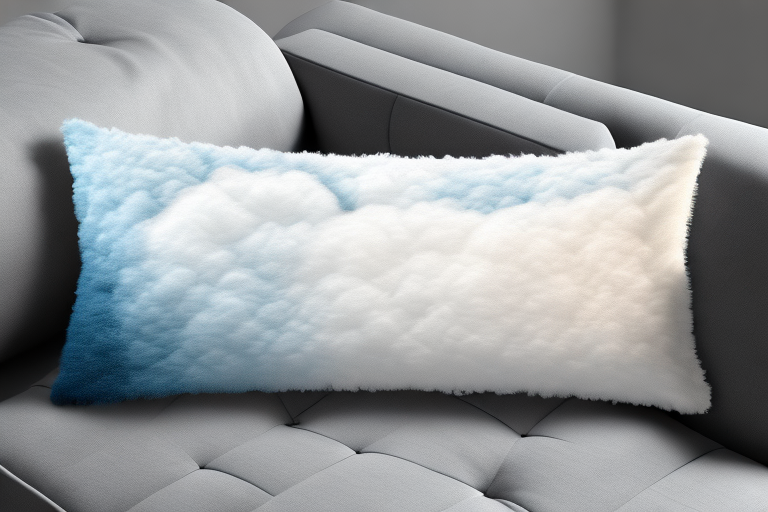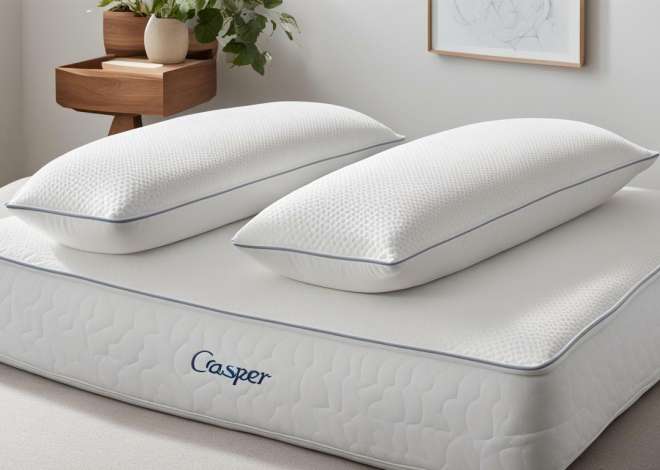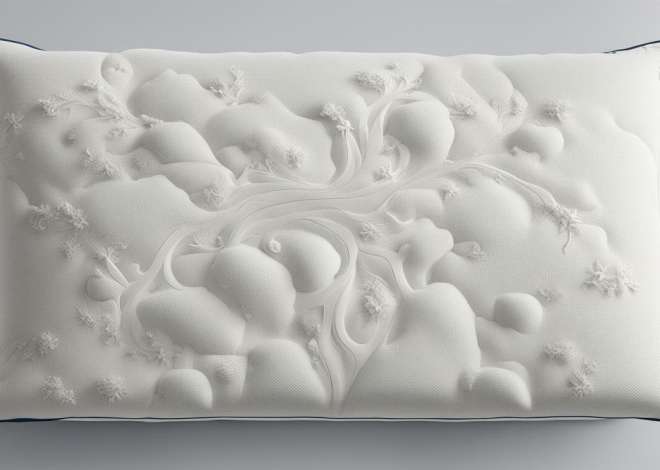
How do you keep decorative pillows fluffy?
Decorative pillows are a great way to inject aesthetic appeal into your home décor. However, it can be frustrating when these pillows start to lose their fluffiness over time. In this article, we explore the various reasons for this and provide guidance on how to keep your decorative pillows fluffy for longer.
Why Do Decorative Pillows Lose Their Fluffiness?
Before discussing ways to keep your pillows fluffy, it is essential to understand why they lose their fluffiness over time. One of the most common reasons is prolonged usage. Just like anything else, pillows lose their original form and shape after extended use. Other factors that cause decorative pillows to lose fluffiness include moisture, frequent washing and drying, irregular cleaning and storage practices, and using inappropriate inserts that do not support the pillows’ structure.
In addition to the factors mentioned above, the type of filling used in decorative pillows can also affect their fluffiness. Pillows filled with down feathers tend to lose their fluffiness faster than those filled with synthetic materials. This is because down feathers compress more easily and do not bounce back to their original shape as quickly as synthetic materials. Therefore, if you want your decorative pillows to maintain their fluffiness for a longer time, consider using pillows filled with synthetic materials or a combination of both synthetic and down feathers.
Common Causes of Flattened Pillows
It is important to identify the causes of flattened pillows to address them effectively. One cause is incorrect inserts. Choosing the right inserts is essential to ensure that your pillows maintain their fullness even after frequent use. Inappropriate inserts will cause your pillows to deform and lose their shape. Other causes may include improper cleaning and storage and using abrasive fabrics to cover the pillows.
Another common cause of flattened pillows is the age of the pillow. Over time, the filling inside the pillow can break down and lose its ability to hold its shape. This is especially true for pillows that are used frequently or have been in use for several years. It is recommended to replace your pillows every 1-2 years to ensure that they maintain their fullness and support for a good night’s sleep.
How Often Should You Fluff Your Decorative Pillows?
It’s recommended that you fluff your decorative pillows after every use or at least once a day to maintain their fullness. However, if you notice that they are losing their shape, you may need to fluff them more frequently to ensure that they maintain their form and shape.
Additionally, it’s important to note that the type of filling in your decorative pillows can also affect how often you need to fluff them. Pillows filled with down feathers may require more frequent fluffing than those filled with synthetic materials. It’s also a good idea to rotate your pillows regularly to prevent uneven wear and tear and to ensure that they maintain their shape over time.
Best Practices for Keeping Your Pillows Fluffy
One way to maintain your decorative pillows’ fullness is by using high-quality inserts. Our recommendation is to choose inserts that are a size larger than your pillows to create a plusher feel. Secondly, to keep your pillows clean, use removable covers that are easy to clean. Additionally, avoid using harsh chemicals while washing and instead use mild detergents. Lastly, avoid storing your pillows in compressed spaces as this can deform and affect their shape.
Another tip for keeping your pillows fluffy is to fluff them regularly. This can be done by simply giving them a good shake or karate chop. Fluffing your pillows helps redistribute the filling and prevents it from clumping together. Additionally, if you have feather or down pillows, it’s recommended to give them a good fluffing once a day to maintain their loftiness.
Tips for Fluffing Different Types of Decorative Pillows
Not all decorative pillows are created equal. There are different types with varying attributes that require different fluffing techniques. For instance, if you have feather-filled pillows, fluff them gently to avoid damaging the feathers. For foam-filled pillows, place them in the dryer on low heat or use a handheld vacuum to fluff them up.
If you have down-filled pillows, it’s best to fluff them by hand. Gently grab the sides of the pillow and push the down towards the center, then fluff the edges. For polyester-filled pillows, you can use a combination of hand fluffing and placing them in the dryer on low heat. Be sure to check the care label on your pillows for specific instructions on how to fluff them.
Ways to Restore the Lost Fluffiness of Your Pillows
If your decorative pillows have lost their fluffiness, there are several ways to restore it. One effective way is to throw them in the dryer on low heat with dryer balls or tennis balls. The beating motion from the balls helps to redistribute the fibers within the pillows, making them fluffier. Additionally, you can place them in the sun for a few hours for natural fluffing.
Another way to restore the fluffiness of your pillows is to use a vacuum cleaner. Place the pillow on a flat surface and use the upholstery attachment of your vacuum cleaner to suck out the air from the pillow. This will help to remove any dust or debris that may be weighing down the fibers, causing the pillow to lose its fluffiness. Once you have vacuumed the pillow, give it a good shake to redistribute the fibers and restore its fluffiness.
Avoiding Mistakes That Can Ruin the Texture of Your Pillows
As much as fluffing your pillows is essential, be mindful not to ruin their texture. Avoid using harsh chemicals or washing your pillows in hot water, as this can damage the fibers, resulting in flattened pillows. Additionally, avoid drying them on high heat, as this can cause them to shrink or warp.
Another way to maintain the texture of your pillows is to use a pillow protector. This will not only protect your pillows from spills and stains but also prevent dust mites and other allergens from settling in. It is also recommended to replace your pillows every 1-2 years, depending on usage, to ensure that they remain supportive and comfortable.
Using the Right Pillow Inserts for Maximum Fluffiness
Choosing the right pillow inserts is crucial in achieving maximum fluffiness. We recommend using inserts that are a size larger than your pillows. Additionally, use inserts made of materials that guarantee maximum fluffiness, such as down and feather. It is also essential to ensure they have a high thread count to enhance their durability.
Another factor to consider when choosing pillow inserts is the fill power. Fill power refers to the amount of space one ounce of down takes up. The higher the fill power, the fluffier and more supportive the pillow will be. A fill power of 600 or higher is recommended for maximum fluffiness. It is also important to note that pillow inserts made of synthetic materials may not provide the same level of fluffiness and durability as natural materials like down and feather.
How to Store Decorative Pillows to Keep Them in Top Shape
Storing your pillows correctly is crucial in maintaining their fullness. Avoid storing them in compressed spaces as this can damage and deform their shape. Instead, store them in a breathable fabric bag that allows air circulation while protecting them from dust.
As shown in this article, keeping your decorative pillows fluffy is easy with proper care and attention. With these tips, you can maintain their fullness and keep them in top shape for longer, adding to your décor’s aesthetic appeal.


